AFI
SOURCE: AFI
India’s Medium Multi-Role Combat Aircraft (MMRCA) procurement saga has taken another twist with American aerospace giant Boeing entering the fray with its F-15EX. This addition makes it the third American fighter jet vying for the deal, joining the rebadged F-16, now known as the F-21, and the F/A-18E/F Super Hornet. The introduction of the F-15EX raises questions about the logic behind Boeing’s decision to offer yet another heavy-category aircraft to India, especially when the Indian Air Force (IAF) already faces challenges in maintaining its existing Su-30MKI fleet.
The F-15EX’s entry comes at a time when the cost of 5th generation fighter jets like the F-35A is decreasing annually. Interestingly, the F-15EX and F-35A now share a similar price tag. However, the F-35 program continues to grapple with production slowdowns and technological issues, prompting the United States Air Force (USAF) to proceed with procuring 144 F-15EX units to complement its F-35 fleet. While the official narrative suggests this move is to bolster their air capabilities, US media reports hint at a more complex picture involving local politics.
Continue readingSOURCE: AFI
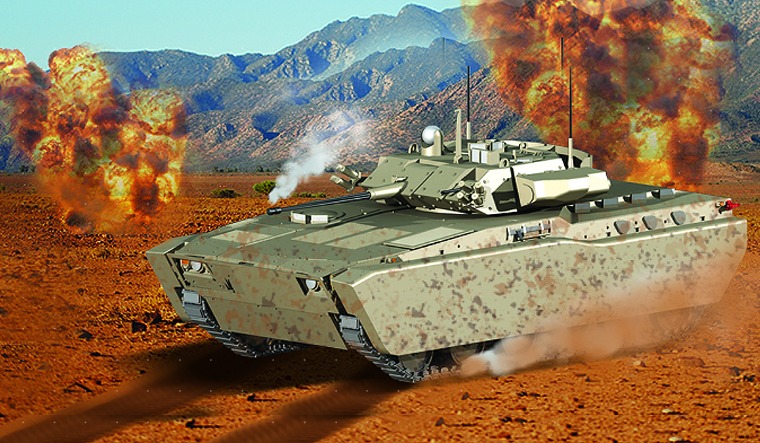
Dr. Samir V. Kamat, Secretary of the Department of Defence Research and Development (DDR&D) and Chairman of the DRDO, has confirmed that the Futuristic Infantry Combat Vehicle (FICV) is on track for user trials later this year. This significant development comes despite the fact that the vehicle has yet to be officially rolled out.
The FICV project gained substantial momentum last year when the Defence Acquisition Council (DAC), chaired by Defence Minister Rajnath Singh, approved its procurement for the Indian Army. The vehicle is intended to replace the aging BMP-1 and BMP-2 infantry combat vehicles currently in service.
Continue readingSOURCE: AFI

QUASAR SDR, a flagship brand of Cyronics Innovation Labs Pvt. Ltd., has achieved a significant milestone with the establishment of the Electro-Magnetic Spectrum Operation (EMSO) lab at the Military College of Telecommunication Engineering (MCTE). This state-of-the-art facility marks a new chapter in indigenous Software Defined Radio (SDR) technology.
A pioneer in SDR hardware and software, QUASAR boasts a team of experts and postgraduates committed to developing cutting-edge solutions. The company prides itself on its complete in-house capabilities, operating without any external technology or intellectual property tie-ups.
Continue readingSOURCE: AFI
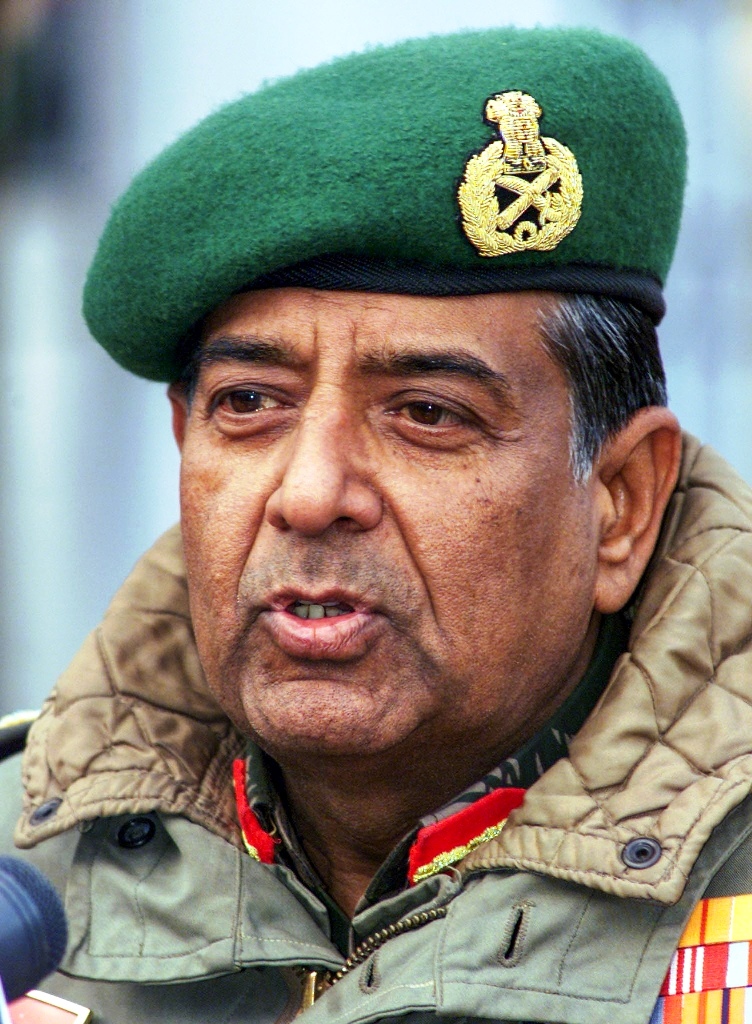
In a forthcoming book, retired Army Chief General NC Vij has leveled serious criticisms at India’s intelligence agencies for their failure to anticipate the 1999 Kargil War. The book, titled “Alone in the Ring,” offers a candid account of the conflict and its aftermath.
General Vij, who served as the Director-General of Military Operations during the Kargil War, asserts that intelligence agencies were gravely mistaken in assessing the situation leading up to the conflict. He highlights two critical failures: the inability to detect Pakistan’s large-scale procurement of winter warfare equipment and the erroneous assessment that a war with Pakistan was unlikely.
Continue readingSOURCE: AFI

Renowned expert Ashley Tellis has underscored the critical importance of Command, Control, Communications, Computers, Intelligence, Surveillance, and Reconnaissance (C4ISR) capabilities for maximizing the potential of the BrahMos supersonic cruise missile in the Philippines.
Speaking at the Defense News Conclave in New Delhi, Tellis, a Tata Chair for Strategic Affairs and Carnegie Endowment fellow, hailed the BrahMos as a significant contribution to Philippine security. However, he emphasized that without a robust C4ISR infrastructure, the full potential of the missile cannot be realized.
Continue readingSOURCE: AFI
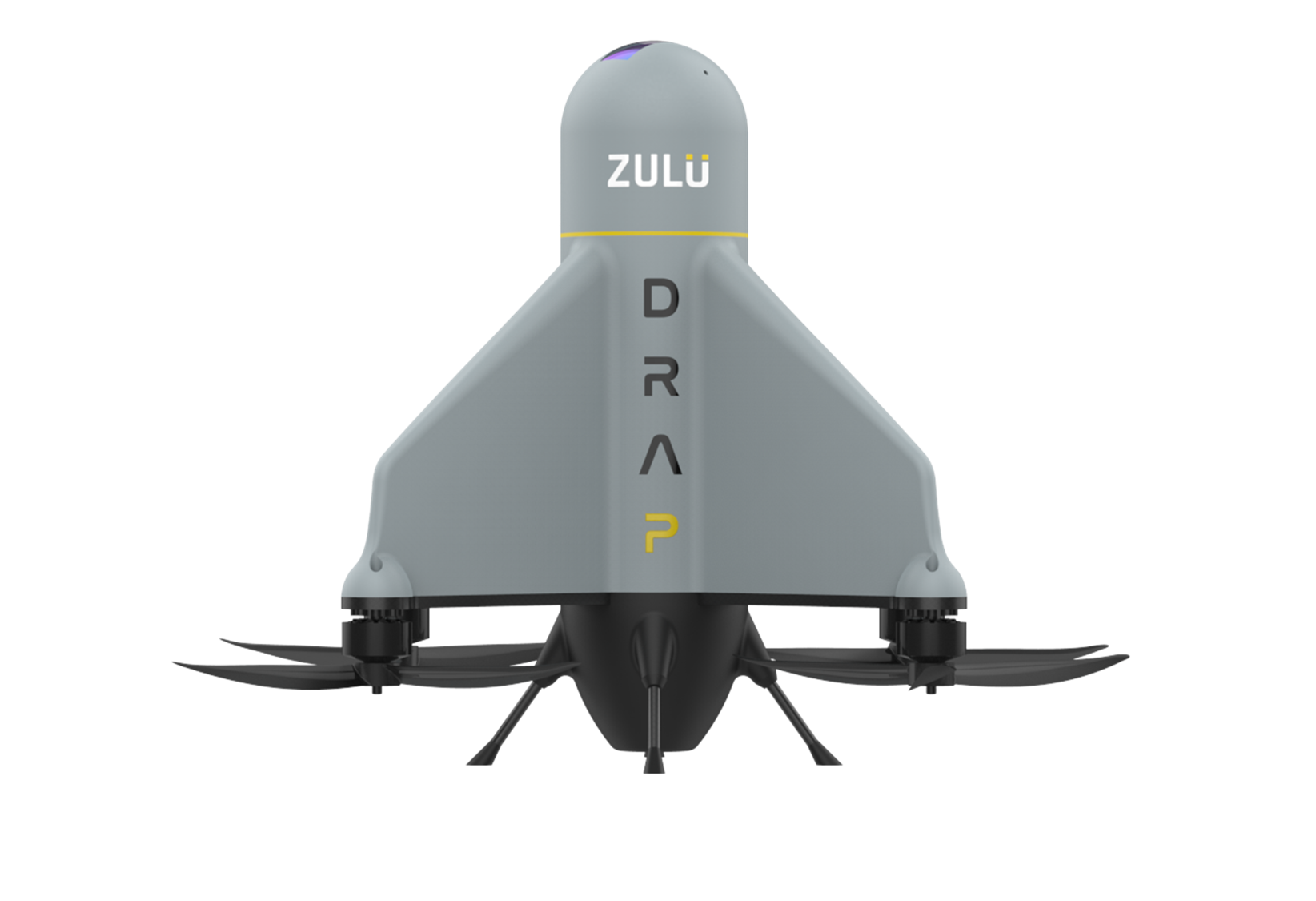
Bangalore-based startup Zulu Defence is at the forefront of revolutionizing aerial warfare with its cutting-edge air defense systems. The company’s focus on rapid deployment, resilient ISR, precision strike, and countermeasure capabilities is a game-changer in the highly contested modern battlefield.
By seamlessly integrating nano, tactical, cargo, and munition drones with counter-drone technology, Zulu Defence creates a comprehensive aerial ecosystem capable of adapting to dynamic combat situations. This approach ensures mission continuity even in the face of rapidly changing circumstances.
Continue readingSOURCE: AFI
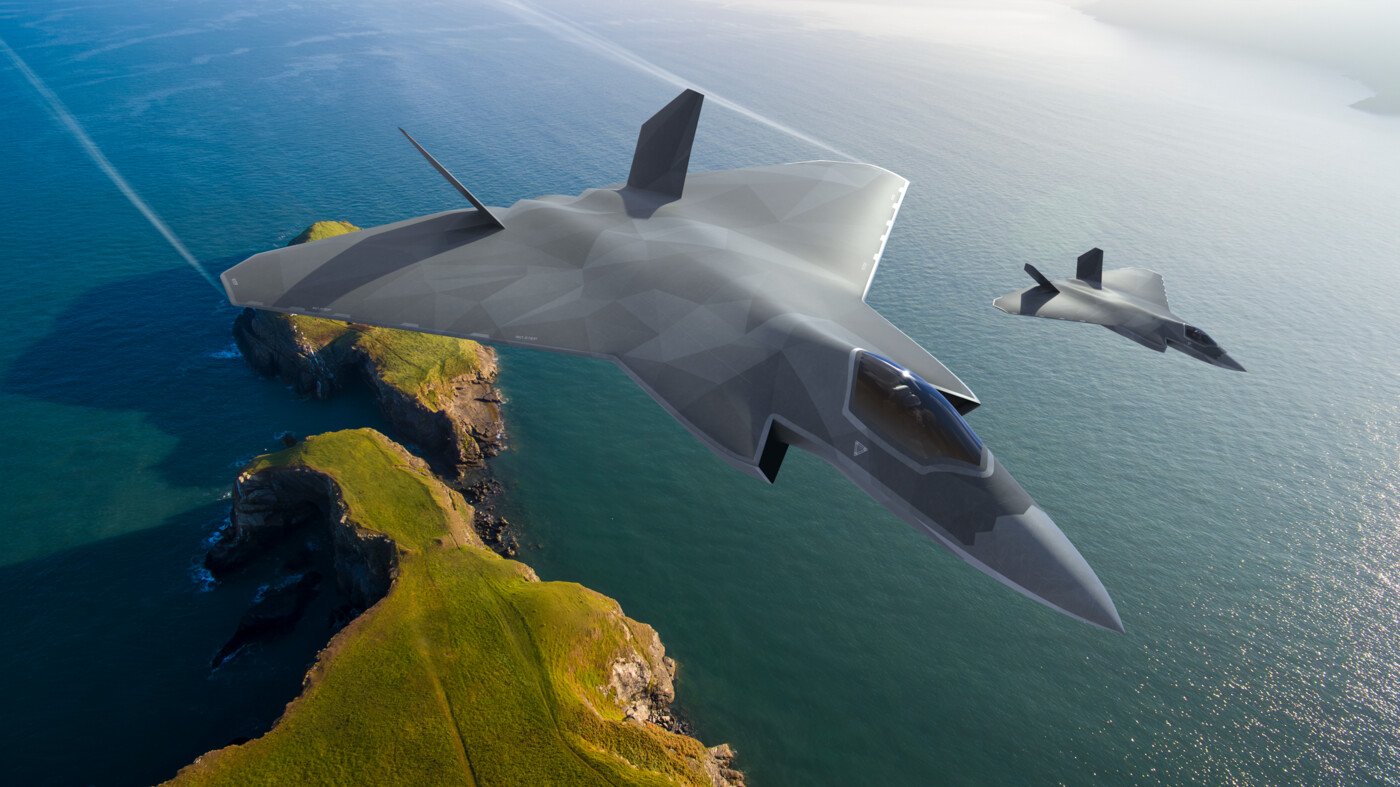
The three nations of the Global Combat Air Programme (GCAP) – UK, Italy and Japan – have unveiled a new concept model of their next generation combat aircraft at Farnborough International Airshow.
Exhibiting at the show together for the first time, the three GCAP government partners and their lead industry partners BAE Systems (UK), Leonardo (Italy) and Mitsubishi Heavy Industries (Japan) will showcase the significant strides they are making to progress the delivery of a truly next generation combat aircraft.
The new concept model on display in Hall 5 features a much more evolved design with a wingspan larger than previous concepts to improve the aerodynamics of the future combat aircraft.
Continue readingSOURCE: AFI

Iran has revealed that certain aspects of its recently signed 10-year deal with India for the development of the strategic Chabahar port have been classified as confidential. The decision, according to Iranian officials, is aimed at shielding the agreement from potential US pressure.
Ali Akbar Safaei, head of Iran’s Ports and Maritime Organization, expressed concerns about the possibility of India facing US sanctions if the full details of the Chabahar contract were made public. The comments come days after Safaei declined to disclose specifics about India’s future operations at the port during a press conference.
Continue readingSOURCE: AFI
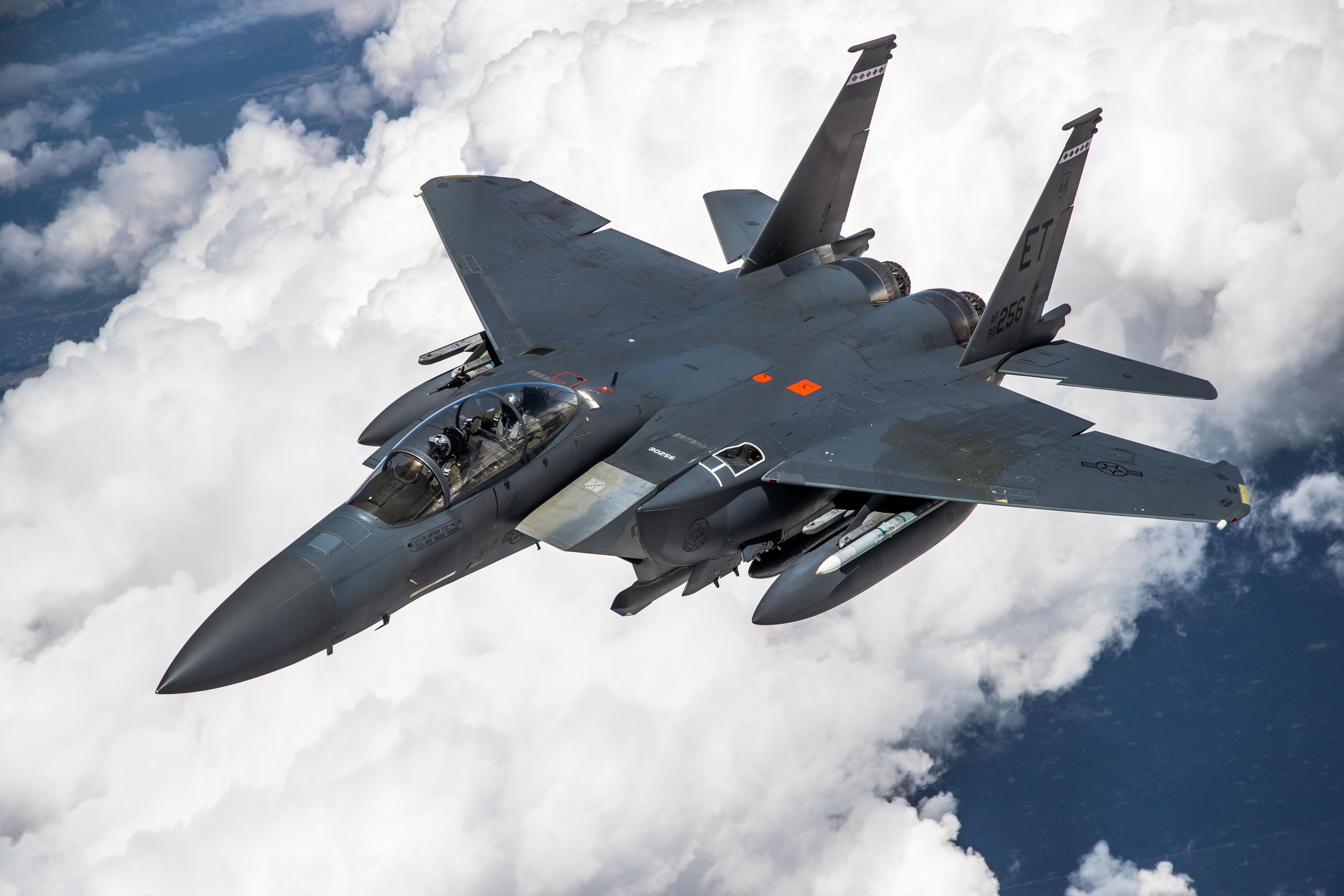
The Indian Air Force (IAF) is gearing up for a potentially high-stakes procurement of 114 Medium Range Fighter Aircraft (MRFA). While the Rafale, having already proven its mettle in Indian skies, is a formidable contender, the Boeing F-15EX is steadily emerging as a formidable challenger.
The last MRCA tender, which saw the Rafale emerge victorious, also included the Eurofighter Typhoon as a strong contender and as L2 Bidder that met all Technical round. However, the political landscape has shifted significantly since then. Germany’s veto power over arms exports has cast a long shadow over the Typhoon’s prospects.
Continue readingSOURCE: AFI
India’s Defence Research and Development Organisation (DRDO) is making strides in developing a new generation anti-tank weapon system – the BMP-2K NAMICA Mk2. This project, spearheaded by the DRDO’s Defence Research and Development Laboratory (DRDL), aims to enhance India’s armored fighting capabilities.
The NAMICA Mk2 is an upgrade of the existing NAMICA (Nag Missile Carrier) system. The original NAMICA, based on a modified BMP-2 chassis, served as a platform for launching Nag anti-tank guided missiles (ATGMs).
Continue readingSOURCE: AFI

Dehradun-based startup Star Aerospace has made a significant contribution to the operational readiness of the Assam Police by delivering a substantial quantity of AK Mod Kits. This press release highlights the features and functionalities of these upgrade kits.
Star Aerospace has supplied approximately 3,000 AK Mod Kits to the Assam Police, bolstering their existing AK rifles. These upgrade kits offer a comprehensive modernization package, equipping the rifles with various tactical features.
Continue readingSOURCE: AFI
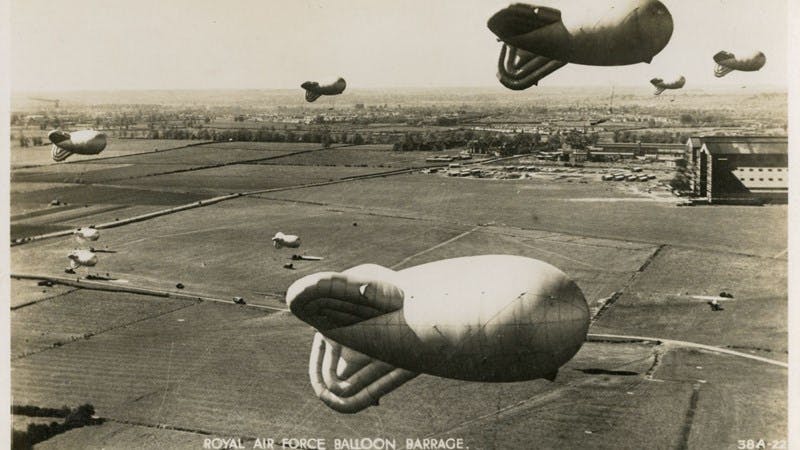
The Indian Air Force’s (IAF) role in the 1999 Kargil War was pivotal. This article explores a lesser-known challenge faced by the IAF during its night strikes – Pakistan’s deployment of “balloon barrages” along the Line of Control (LoC) in the Kargil Sector.
The summer of 1999 saw the IAF conduct its first-ever nighttime missions along the LoC to dislodge Pakistani intruders from Indian territory. However, their operations faced an unexpected hurdle – numerous balloons tethered at various points. While the balloons themselves posed some threat, the real danger came from the thin, nearly invisible strings attaching them to the ground. These strings posed a severe risk of entanglement for low-flying aircraft.
Continue readingSOURCE: AFI

The Indian Ministry of External Affairs (MEA) has categorically denied recent media reports suggesting a blanket ban on military exports to India by Turkey. During a regular press briefing, MEA spokesperson Randhir Jaiswal dismissed the claims as “disinformation at best.”
The reports had alleged that Turkey’s decision to halt arms and military equipment exports to India was aimed at benefiting Pakistan and further escalating tensions between the two South Asian neighbors.
Continue readingSOURCE: AFI

In a significant boost to India’s naval capabilities, the Ministry of Defence (MoD) is poised to greenlight the procurement of eight additional Nilgiri-class frigates under the Project-17 Beta (P-17B) program. Building upon the successful Project-17 Alpha (P-17A) frigates, the P-17B vessels are expected to incorporate several enhancements to address evolving maritime threats.
The upcoming frigates are likely to feature a robust suite of anti-drone measures, including advanced jammers and hard-kill systems to counter both sea-based and airborne drones. To bolster its anti-air capabilities, the P-17B frigates are anticipated to be equipped with the Vertical Launch System for Short Range Surface-to-Air Missiles (VLS-SAM) alongside a longer-range missile system, such as the Barak-8 or ERADS.
Continue readingSOURCE: AFI

India is engaged in high-stakes negotiations with GE Aerospace for the transfer of technology (ToT) for the F-414 engine, a critical component for its indigenous fighter aircraft program. While this marks a significant step forward, the country’s past experiences with ToT agreements for the RD-33 and AL-31F engines raise concerns about its ability to effectively leverage such partnerships for domestic engine manufacturing.
While ToT can undoubtedly provide access to advanced technologies and manufacturing processes, India’s track record suggests that mere transfer of knowledge is insufficient to build a robust domestic engine industry. The country has struggled to convert acquired technologies into indigenous capabilities, resulting in limited value addition to its supply chain.
Continue reading